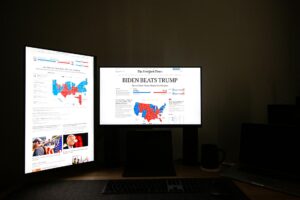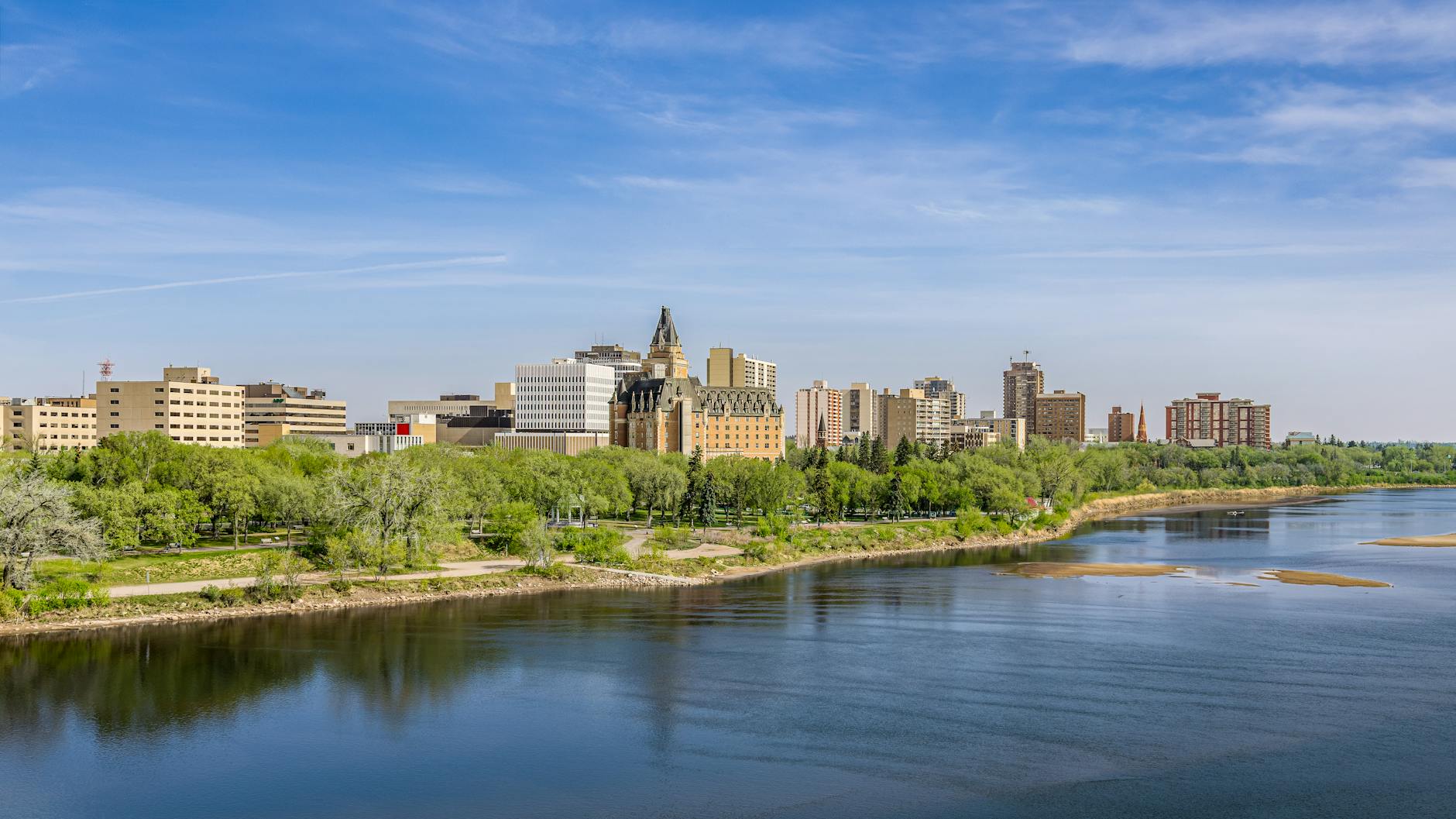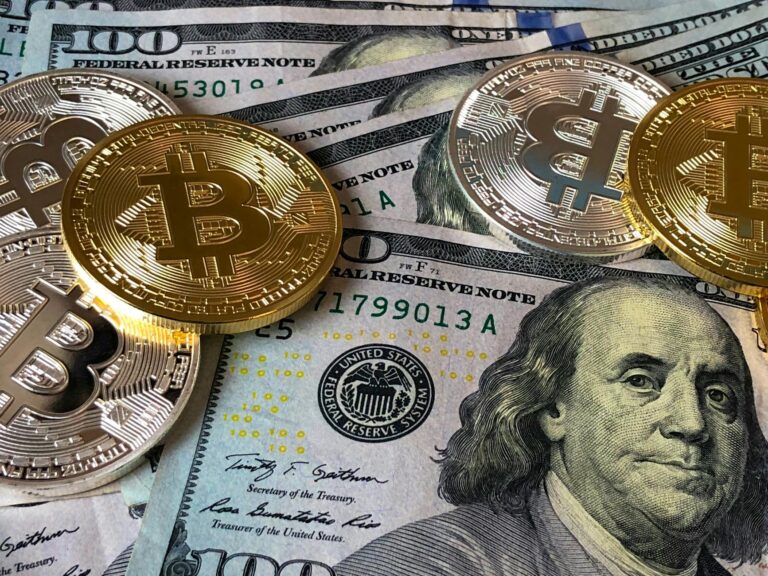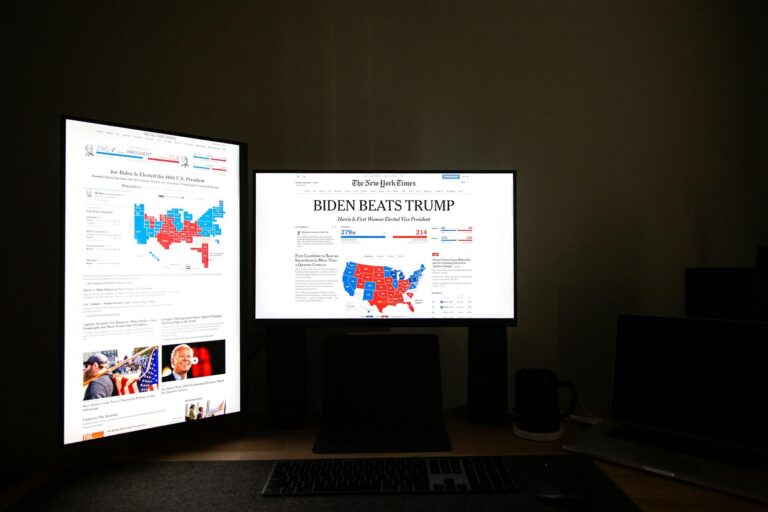Bank of Canada‘s Inflation Warning: Why This Time Feels Different
So here’s the thing—the Bank of Canada just dropped what I’d call a “brace yourself” moment. Inflation isn’t going anywhere fast, and guess who’s partly to blame? Yep, Donald Trump’s trade policies from his presidency. And before you think this is just another boring economic report, let me tell you why your grocery bill and mortgage rates might keep hurting for longer than anyone hoped.
1. Breaking Down the Bank’s Warning
1.1 What They Actually Said
Carolyn Rogers—she’s a Deputy Governor at the Bank—put it bluntly: “The last mile of inflation control may be the hardest.” Translation? Getting prices under control is like running a marathon where the final stretch is all uphill. The “core inflation” numbers (that’s the one excluding crazy stuff like gas prices) just won’t budge. Not great.
1.2 Why This Isn’t Normal Inflation
We’ve been above the 2% inflation target for what feels like forever now. But here’s the kicker—while other countries are dealing with similar issues, Canada’s got this extra headache because of how tight our economy is with the U.S. It’s like having a roommate who keeps changing the rules; eventually it messes with your whole household budget.
2. The Trump Trade Effect
2.1 Remember Those Tariffs?
Back when Trump was in office, he slapped taxes on everything from steel to Chinese electronics—said it would bring jobs back to America. But here’s what actually happened: it made imports more expensive for everyone, including us. And once prices go up, they rarely come back down. Classic case of “be careful what you wish for.”
2.2 How This Hits Your Wallet
Let me give you an example. Those steel tariffs? They made cars more expensive because—surprise—cars need steel. So now you’re paying more for that new SUV, and the dealership isn’t eating that cost. They’re passing it right to you. Multiply that across dozens of industries, and you’ve got yourself an inflation problem that won’t quit.
3. What This Means for Real Life
3.1 For Regular Folks
Imagine your rent, groceries, and gas bill all decided to gang up on you at once. That’s where we’re at. Fixed-rate mortgages might become gold dust, and that “treat yourself” coffee? Might need to become a “special occasions only” thing.
3.2 For Business Owners
Small business owners I’ve talked to are stuck between a rock and a hard place—raise prices and lose customers, or keep prices steady and watch profits disappear. One restaurant owner told me he’s had to switch suppliers three times this year just to keep his menu prices stable. Madness.
4. Why This Might Drag On
4.1 It’s in the System Now
Here’s the difference between now and the pandemic inflation: back then, it was like a traffic jam—eventually things cleared up. What we’ve got now? More like someone rebuilt the roads with toll booths everywhere. Those costs aren’t going away unless someone removes the tolls.
4.2 The Double Whammy
On top of trade stuff, we’ve got wages rising faster than productivity (good for workers, tough for businesses) and energy prices doing their usual rollercoaster routine. Put it all together and you’ve got this perfect storm keeping prices high.
5. So What Can We Actually Do?
5.1 As Consumers
Time to get creative with budgets. My cousin’s started doing this thing where she tracks price changes at three different grocery stores—saves about 15% a month. Little hacks like that add up when everything’s getting pricier.
5.2 For Businesses
Honestly? It’s about playing the long game. The smart ones are locking in supply contracts now, even if it hurts short-term. Because if there’s one thing I’ve learned covering this stuff—when economists say “transitory,” you should probably prepare for it to stick around.
6. The Policy Tightrope
6.1 The Bank’s Tough Choice
They could jack up interest rates more, but here’s the catch—do it too much and they might choke off economic growth. It’s like trying to lose weight by starving yourself; sure, it works, but you might pass out before you hit your goal.
6.2 What the Government Could Try
They might negotiate trade deals or offer some relief programs, but let’s be real—that’s putting a Band-Aid on a broken pipe. The real solution needs to come from both sides of the border, and that’s… complicated, to say the least.
The Bottom Line
This isn’t your grandpa’s inflation. The usual fixes might not work, and we could be dealing with the fallout for years. Best thing you can do? Stay informed, adjust where you can, and maybe—just maybe—start voting for politicians who understand how trade actually works.
Want to Go Deeper?
- How to calculate what inflation is REALLY costing you
- The untold story of how tariffs changed small-town Canada
- Interview: A factory owner on surviving the trade wars
Got thoughts on how inflation’s affecting you? Hit reply—I read every response.
Source: Dow Jones – Social Economy












